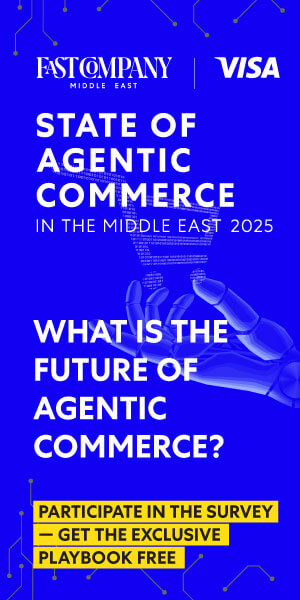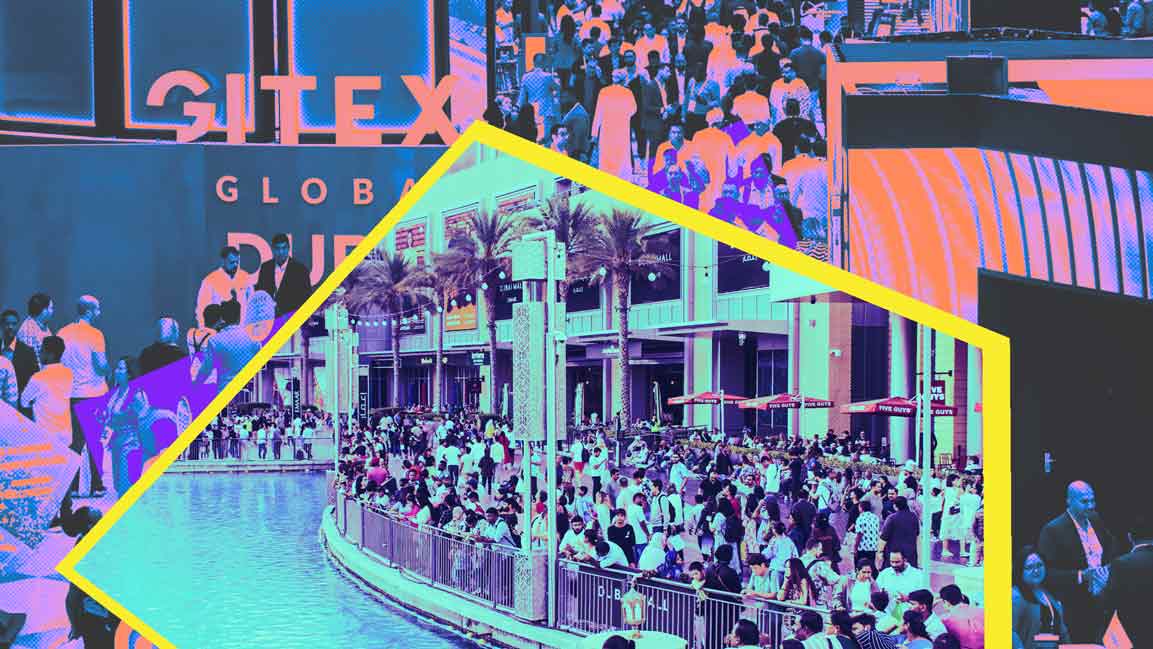- | 9:00 am
How are food influencers transforming the Middle East’s dining scene?
As dining culture evolves, experts discuss the role of food influencers in restaurant success

Over the past decade, relationships between F&B influencers and restaurants—via paid partnerships or bartered transactions—have exploded in popularity. These digital tastemakers can influence a region, restaurant, or city’s culinary landscape with captivating visuals and engaging personalities.
A recent survey conducted by marketing agency Reach highlighted how influencers possess significant persuasive power, prompting diners to visit the establishments they spotlight.
The survey gathered insights from hospitality professionals, marketing experts, PR consultants, and consumers, yielding compelling results: 85% of hospitality professionals reported increased footfall after influencer visits. About 80% of respondents follow food influencers or bloggers on social media. Nearly 70% of participants admitted dining at a restaurant after seeing an influencer’s post, and 63% believe food influencers are essential for a restaurant’s success. These figures underscore the influential role that digital tastemakers play in shaping dining preferences and boosting visits to restaurants across the culinary spectrum.
Ihab Ghazal, Founder and CEO of Reach, elaborated on the findings, “These results illuminate the decisive role that food influencers play in shaping dining trends and driving restaurant patronage. As social media and dining intersect, restaurants and influencers must collaborate strategically to maximize their benefits. This survey reinforces the immense value of leveraging the right influencers, and we’re excited to expand these connections while growing our client and influencer portfolios.”
GENERATING IMPACT
But how do restaurants track these visits? And what sort of impact do these visitors actually generate? Matthew Broderick, Founder of APEX Mystery Shoppers, states, “Using our version of KOLs (Key Opinions Leaders), we track what we call Extended Customer Spend (ECS). i.e., How much does that diner generate in future income? APEX tracks this number and allows us to see ‘real-time’ what sort of diners bring repeat business and which service levels generate the ECS.”
“Furthermore, I track my own influence, and in some cases, we see 5-figure returns quite quickly, with some potential for 6-figure returns at the fine dining level. As a micro-influencer, I have a small but loyal following. Almost every story I post will generate between five and forty DMs asking me if they should also go to that restaurant or venue.”
When asked about sharing potentially negative feedback online, Broderick says, “I always look for the positives in a restaurant, what they do well and who they serve best, rather than looking for faults or reasons not to go. Unfortunately, I cannot post sometimes because the food or service does not meet my minimum threshold. By booking my inquirers for lunch or dinner, I am trying to model high-end hospitality by recognizing interest and cultivating it into an actual reservation. Hospitality professionals overwhelmingly recognize the value of influencer partnerships, with the majority citing increased attendance following influencer visits. These collaborations enhance visibility and directly impact foot traffic and revenue.”
CAUTIONS RESTAURANTS
Dave Luis, Head of Marketing for Regulus Restaurants, LLC and Draco Restaurants, LLC, has a different opinion and cautions restaurants to be exceptionally discerning when considering influencer marketing. After multiple years in his role, when it comes to working with influencers, he answers, “The short answer is no, working with influencers does not in a meaningful and long-term way that businesses hope for or need. We have never had a single success story with influencers.”
Luis finds that the production quality of most influencers’ photos and videos is so low that their content does the opposite of making the brand and product appealing to their audience.
With a final message to other restauranteurs and marketing teams, Luis urges teams to focus on the micro-influencer – the professional using different social media platforms to share their authentic visits. “Looking at the situation from a purely advertising perspective, while influencers may have huge audiences, those are widespread in terms of geography and interest. Micro-influencers are often returning guests who choose to dine with you and share their content on their platforms.”
He adds, “At the end of the day, customers are savvier than we give them credit for, and yes, while they may try a new spot because an influencer dined there, restaurants are most likely to get one-off visits only and not any valuable returning business.”
Finally, what many consider traditional influencers might differ depending on the country. For example, the UAE is home to one of the ultimate influencers: the royal family. In Dubai, their highnesses attract instant attention when they visit a local restaurant, often spiking reservations and promoting different cuisines and venues across price points and geography. These appearances create media coverage and social media attention for the lucky venues.
As dining culture evolves, restaurants have an unparalleled opportunity to harness the power of influencer marketing. Businesses can create impactful collaborations that resonate with their target audiences and drive long-term success. However, spending the marketing budget this way is not a perfect balance.
Maintaining authenticity and transparency from influencers is crucial for building trust with their audience. As the region’s dining scene continues to evolve, the role of food influencers will likely become even more significant. They are not just tastemakers but also cultural ambassadors, promoting the region’s unique culinary heritage and driving innovation within the industry.






































